America is in the grip of a housing affordability crisis, as soaring rent prices leave millions burdened and at risk of homelessness, prompting urgent legislative action at state and federal levels. Here’s the full story.
An Undue Burden
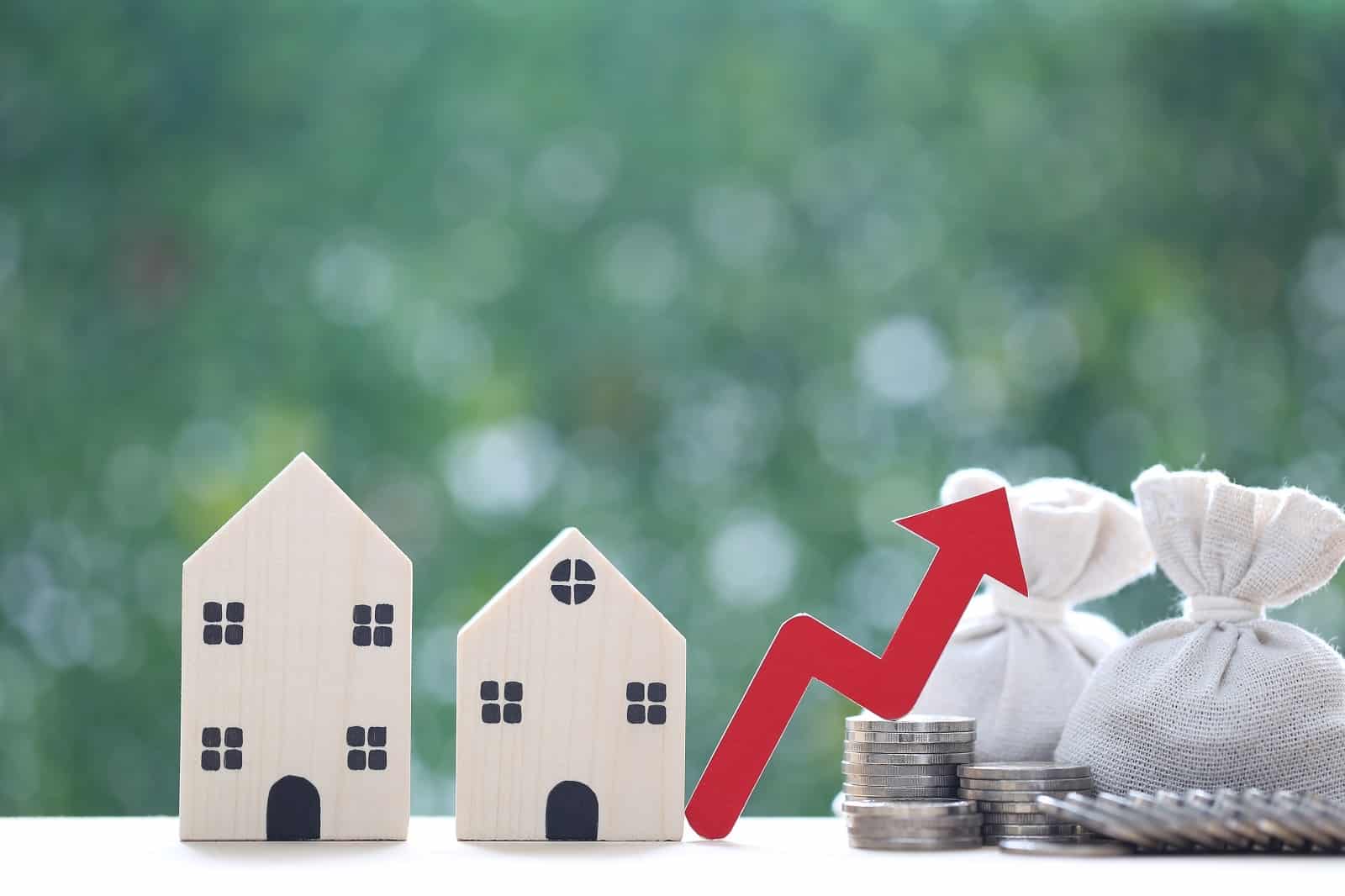
The United States is facing an unprecedented housing affordability crisis, marked by soaring rent prices and vast numbers of households burdened by the ever-increasing cost of housing.
Hard Times

Many families find it ever more challenging to manage their rental costs as the cost of other everyday goods like fuel and insurance increases.
20 Million Households

However, one of the main problems faced by families is the surge in rent prices nationwide, with data from the Harvard Joint Center for Housing Studies revealing that a record 22.4 million renter households, equivalent to half of all renters, spent more than 30% of their income on rent in 2022.
30% Maximum
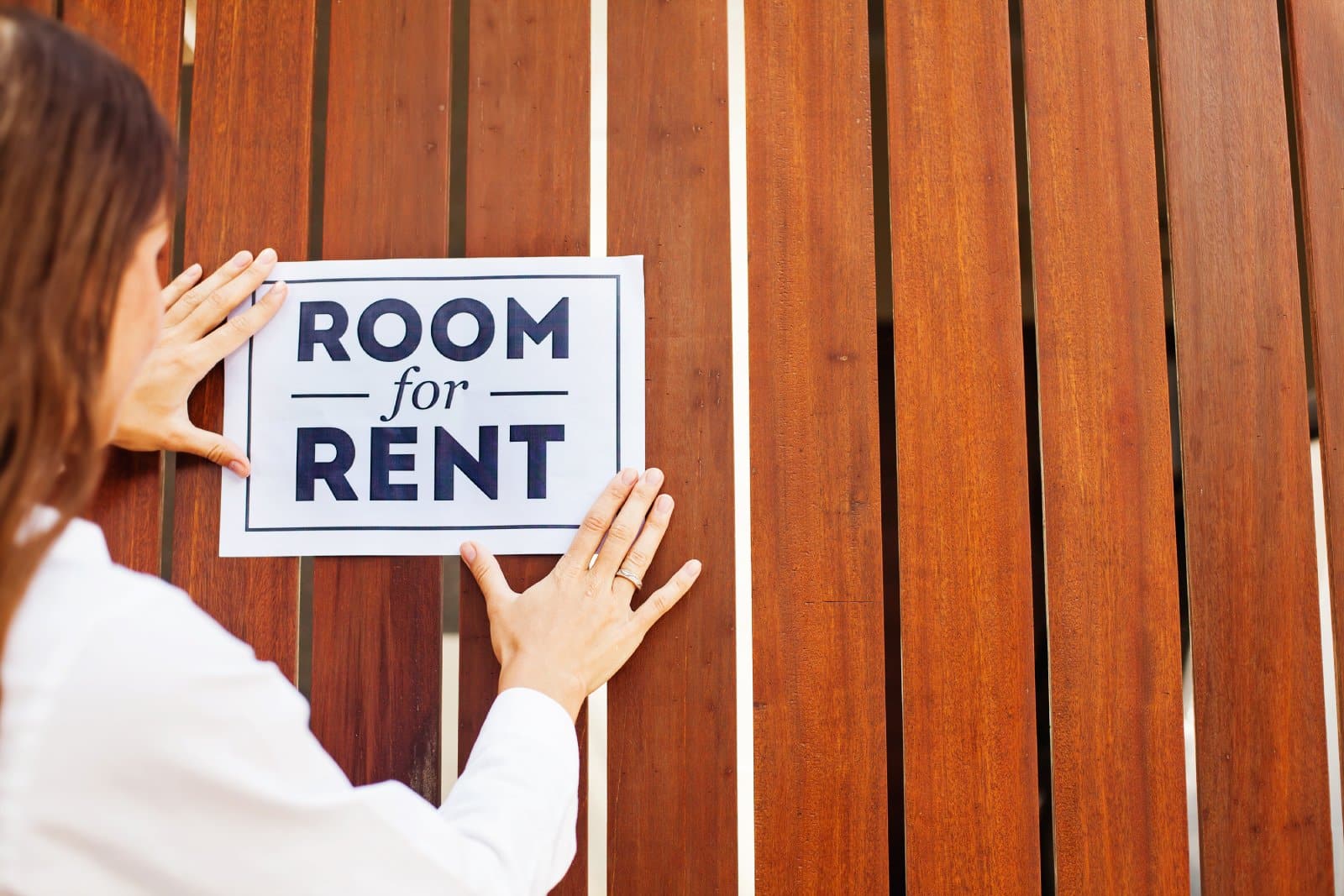
Financial experts recommend 30% as the maximum amount renters should spend on their rent costs for economic stability.
Bleak Reading

The Harvard study makes for bleak reading, as it indicates that nearly half of these households are struggling under severe cost burdens, allocating over 50% of their income to rent and utilities.
This only exacerbates the financial strain felt by millions of Americans.
Money Running Out

Further adding to the misery, low-income renters, particularly those earning less than $30,000 annually, are disproportionately affected.
A disturbingly large percentage, 83%, of this demographic face severe monthly cost burdens, with little left for other essential expenses.
20% of the Population

According to the U.S. Census Bureau, the number of people in America earning less than $30,000 is around 20% of the population.
This unsettling figure means that one-fifth of the American population is struggling financially with rent.
Evictions and Homelessness

Considering such high numbers of Americans are struggling with soaring rental costs, it should come as no surprise that eviction filings and homelessness rates are surging.
Millions at Risk
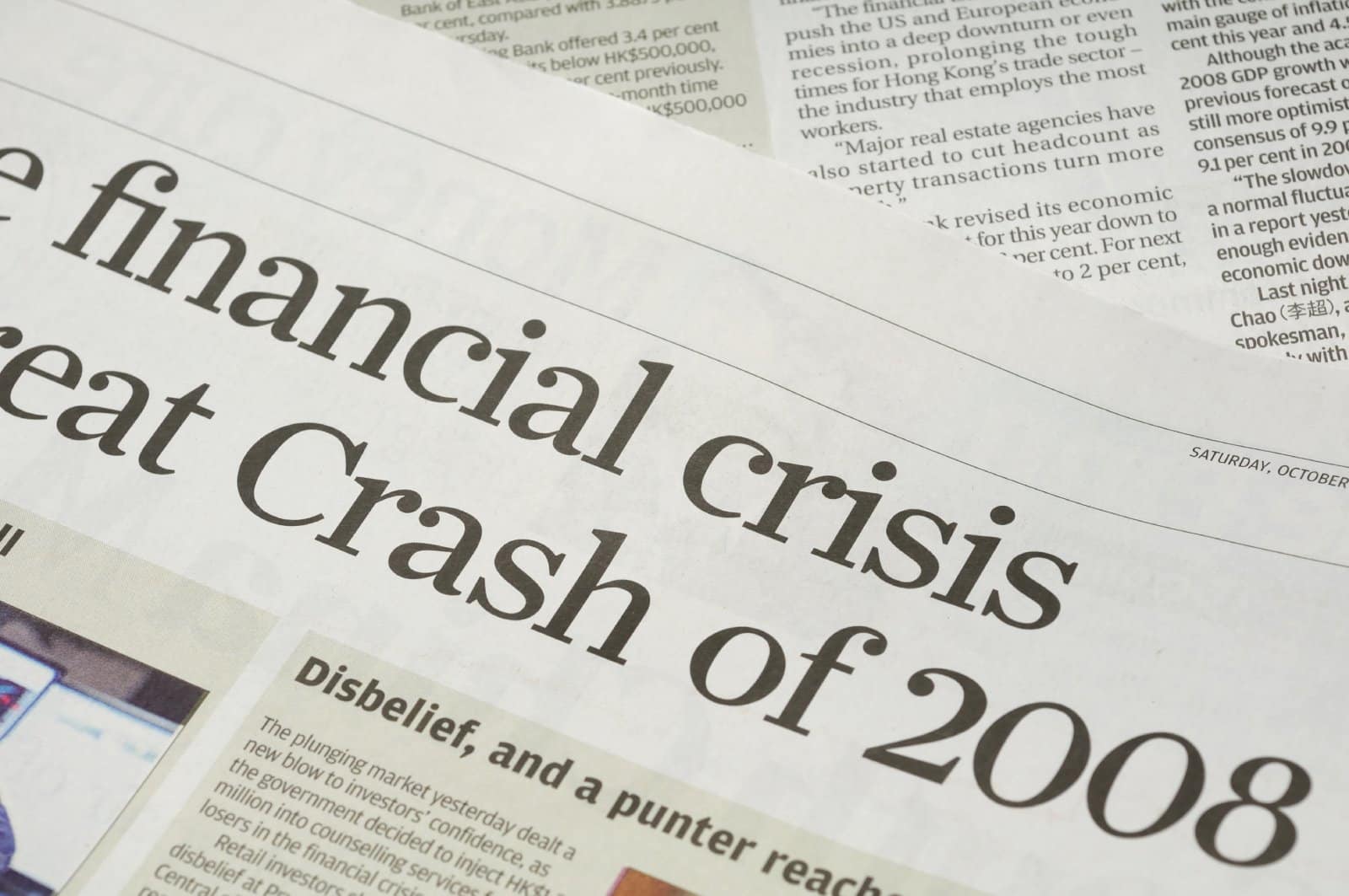
The number of people affected is equivalent to the fallout from the Financial Crisis in 2008, with millions of Americans at risk of losing their homes as the rent prices continued to climb.
Government Action

The situation is becoming so untenable that some state and federal lawmakers have prioritized housing affordability this year, with a number of different measures being put forward to combat the crisis.
These include eviction protections, zoning reforms, and significant investments in affordable housing.
Sweet Relief

At the federal level, lawmakers are making several efforts, including expanding tax credits for affordable housing developers and increasing rental assistance, intending to provide relief to struggling renters and mitigating the impact of soaring housing costs.
The Wrong Houses

Despite these measures, lawmakers are working with the deck stacked against them.
The housing market has been cooling down, and the number of houses is increasing, but developers are building the wrong types of houses.
High-End Issue

There has been a boom of high-end developments not matched by the number of affordable units on the market, which only exacerbates the current housing problems.
Nowhere to Live

Further adding fuel to the fire, the chasm between incomes and rent prices widens.
Recent figures have shown that for workers working 40 hours a week on the federal minimum wage of $7.25 an hour, there are no major cities in the U.S. where rent is affordable.
Underfunded Assistance

Due to the increasing unaffordability of rental costs, more Americans qualify for federal housing subsidies.
However, chronic underfunding and inadequate resources leave millions without essential support in securing affordable housing.
Immediate Action

Affordable housing advocates have long stressed the critical need for immediate action, and, finally, policymakers have taken notice.
The looming threat of a spiraling housing crisis has focused attention at all levels of government.
Budgetary Strain

The housing affordability crisis not only puts undue strains on household budgets but also has far-reaching implications for socioeconomic well-being, affecting access to healthcare, education, and overall quality of life.
Long Lasting Impact

Research indicates that housing instability and eviction have severe, long-lasting, and detrimental effects on children’s mental health and development, further underscoring the dire need for government intervention.
More To Be Done
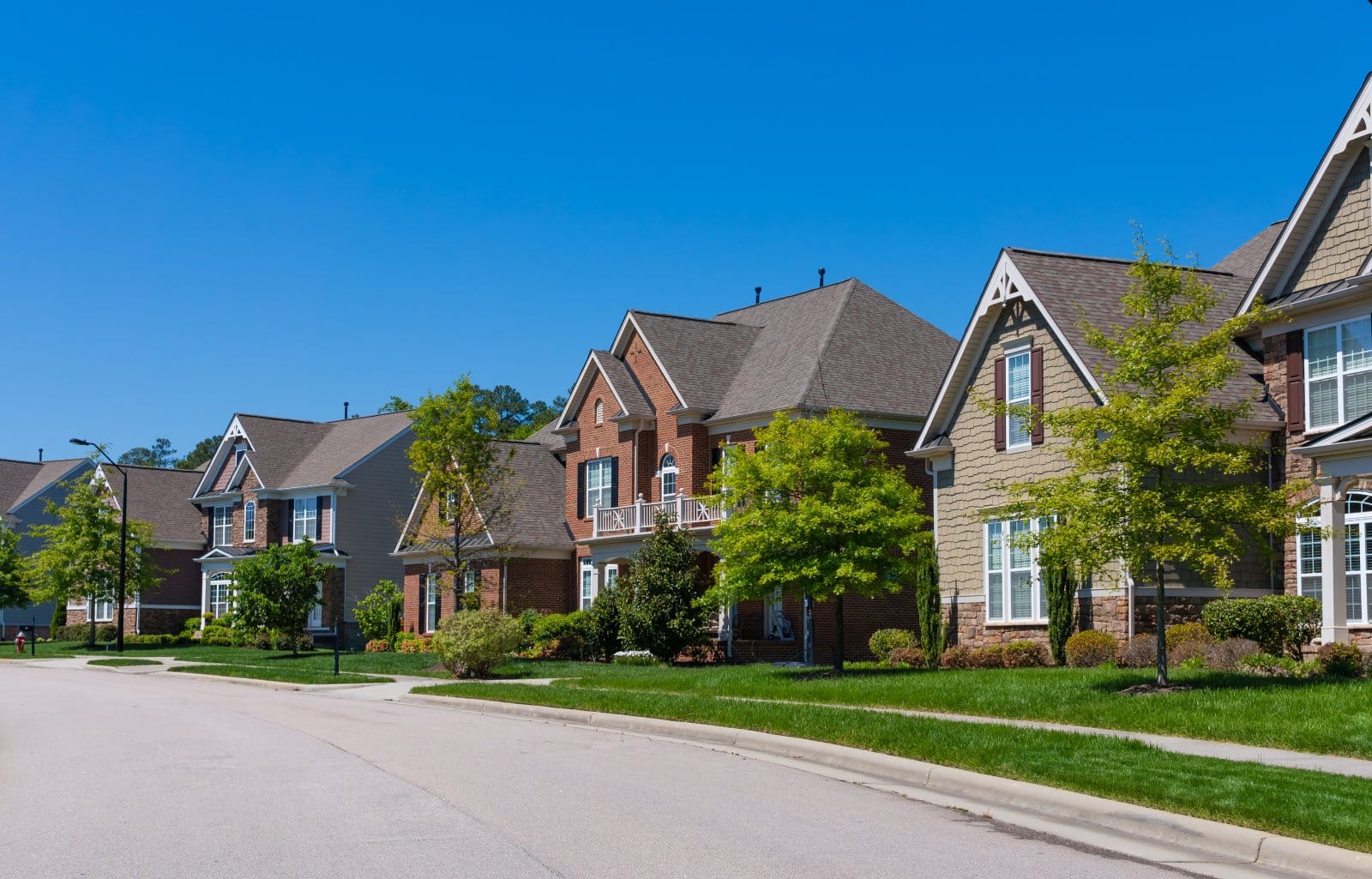
The escalating housing affordability crisis in the United States demands urgent attention and concerted action to alleviate the suffering of millions of Americans.
At the same time, some government measures have been proposed, yet more needs to be done.
Unachievable
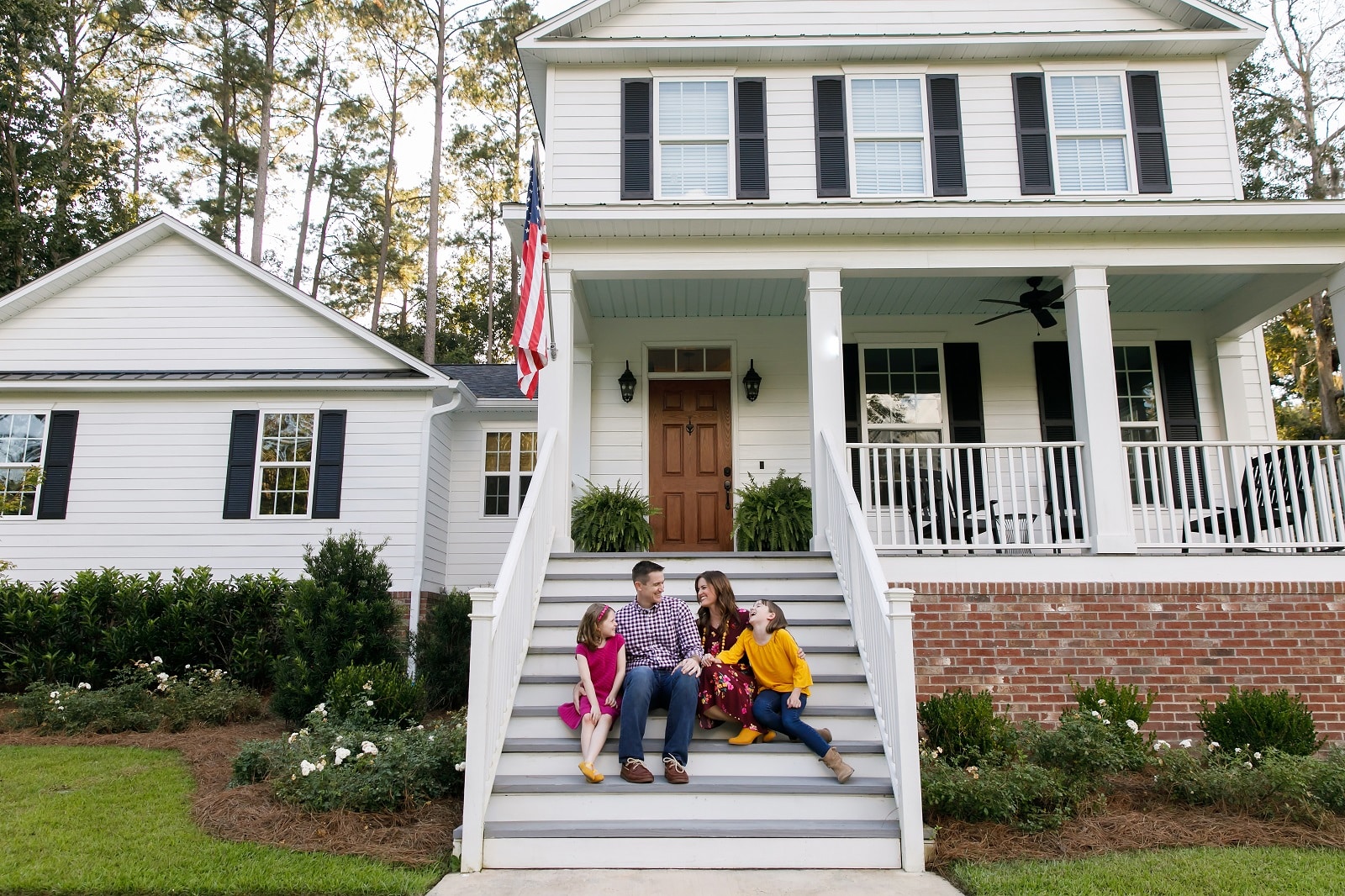
Safe, affordable housing is integral to the achievement of “life, liberty, and the pursuit of happiness” framed in the American Declaration of Independence.
Until affordable housing is accessible to all Americans, regardless of income level or socioeconomic status, millions of our citizens are left in the cold.
The post Escalating Housing Affordability Crisis Threatens Millions with Homelessness first appeared on Swift Feed.
Featured Image Credit: Shutterstock / blvdone.
The content of this article is for informational purposes only and does not constitute or replace professional financial advice.

